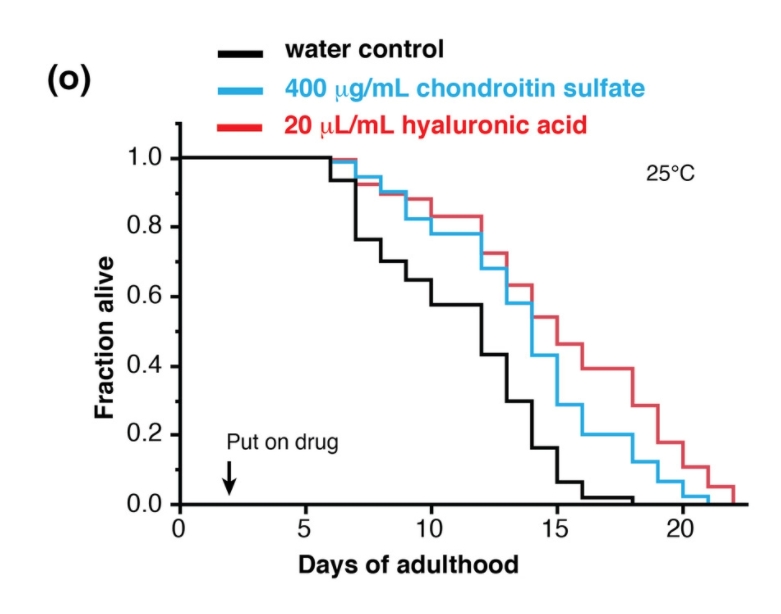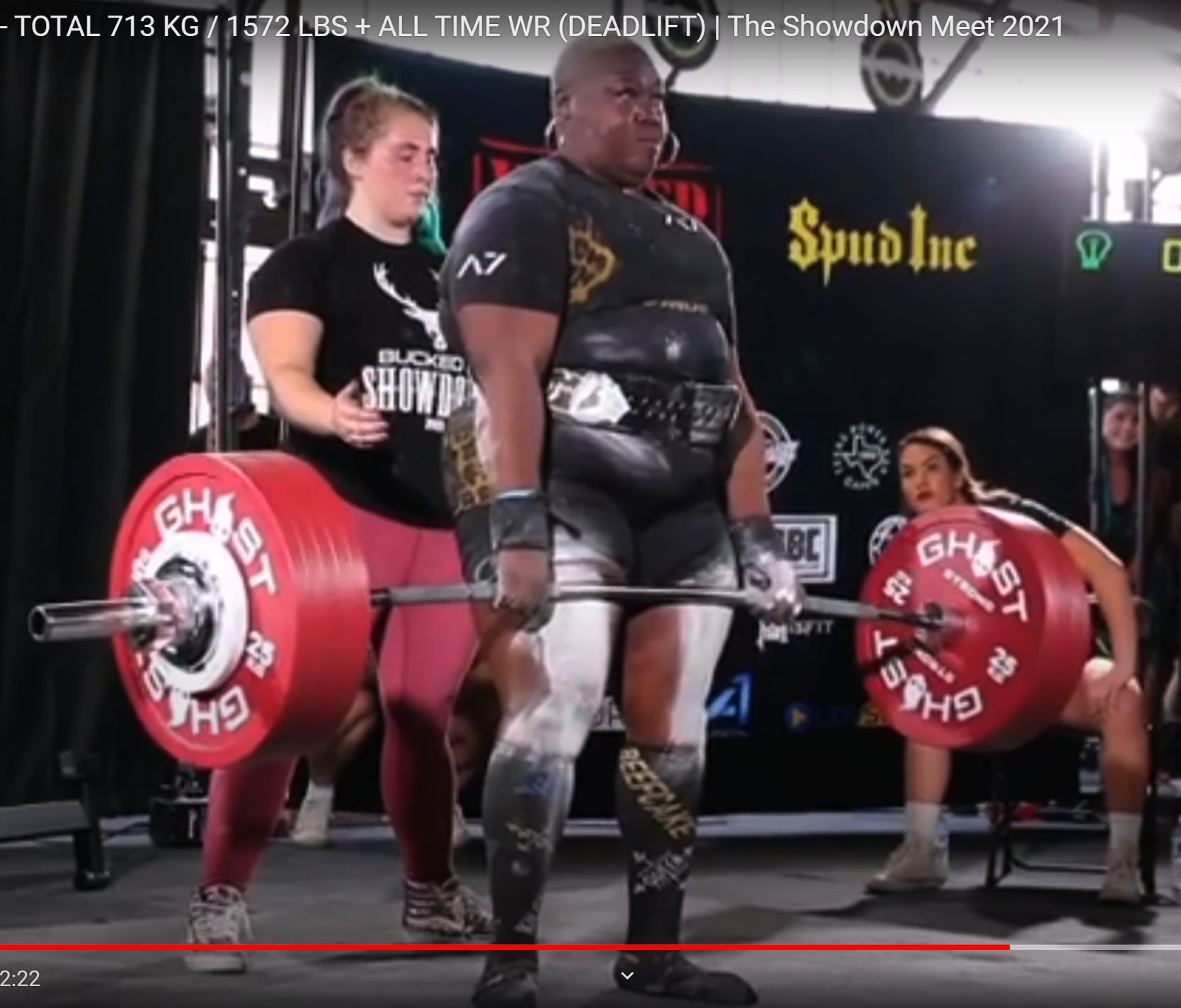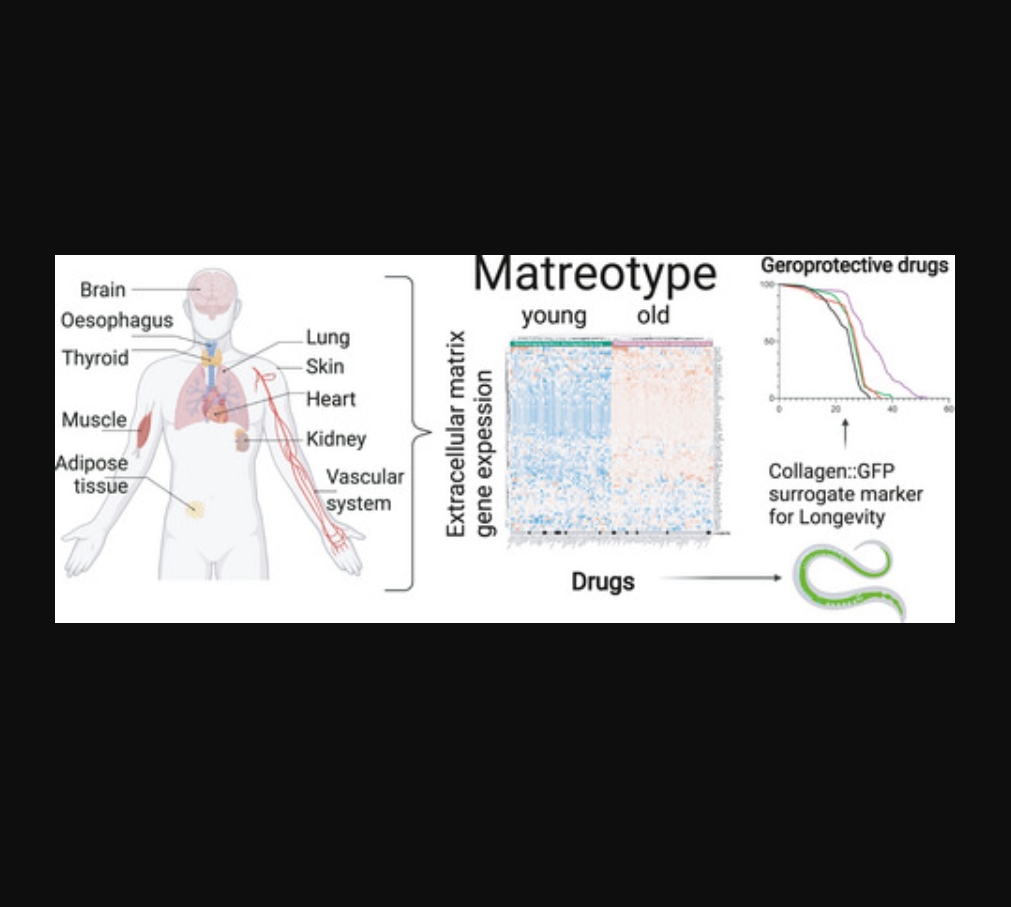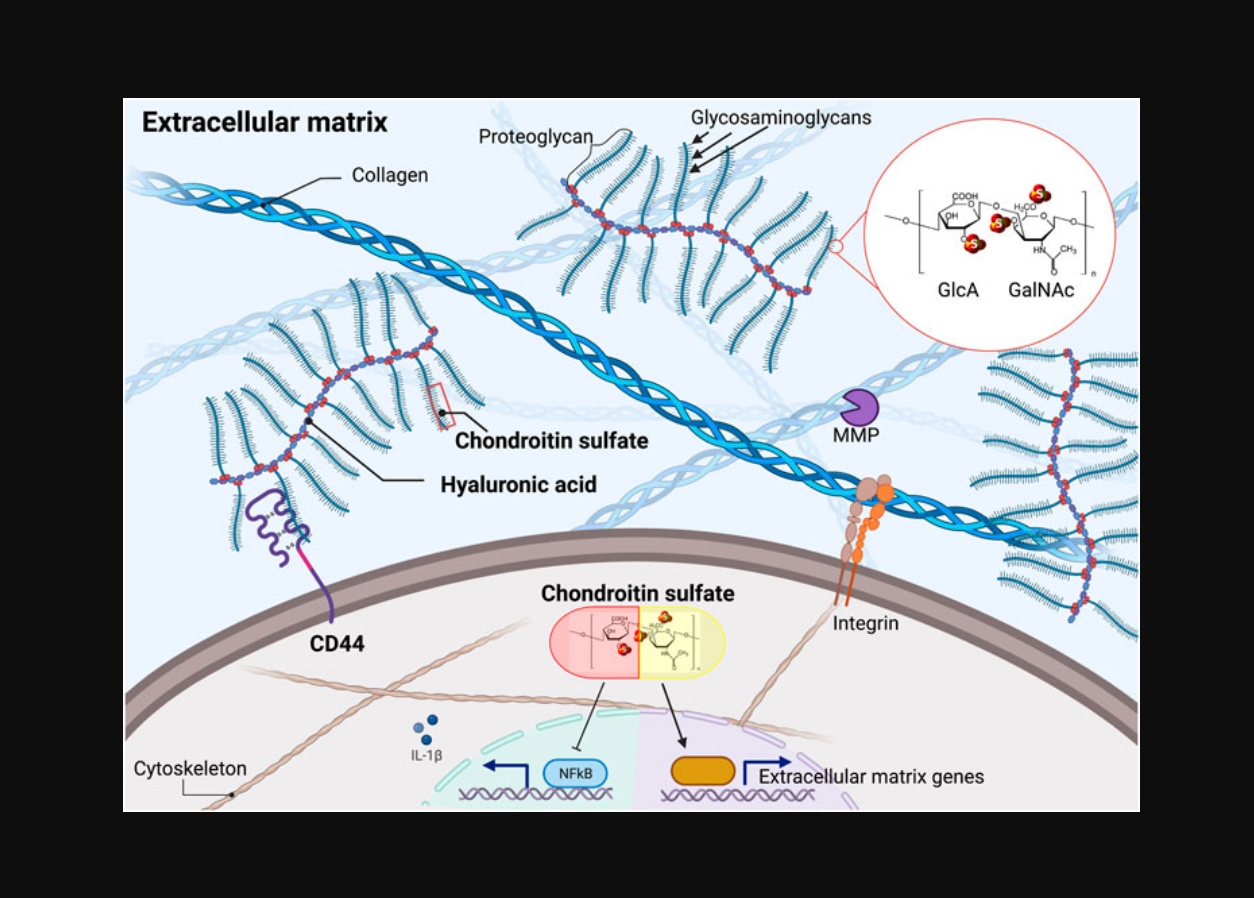Cyril Statzer Aging Cell, Vol. 20, No. 9, September 2021 04 August 2021
The identification and validation of drugs that promote health during aging (“geroprotectors”) are key to the retardation or prevention of chronic age-related diseases. Here, we found that most of the established pro-longevity compounds shown to extend lifespan in model organisms also alter extracellular matrix gene expression (i.e., matrisome) in human cell lines. To harness this observation, we used age-stratified human transcriptomes to define the age-related matreotype, which represents the matrisome gene expression pattern associated with age. Using a “youthful” matreotype, we screened in silico for geroprotective drug candidates. To validate drug candidates, we developed a novel tool using prolonged collagen expression as a non-invasive and in-vivo surrogate marker for Caenorhabditis elegans longevity. With this reporter, we were able to eliminate false-positive drug candidates and determine the appropriate dose for extending the lifespan of C. elegans. We improved drug uptake for one of our predicted compounds, genistein, and reconciled previous contradictory reports of its effects on longevity.
We identified and validated new compounds, tretinoin, chondroitin sulfate, and hyaluronic acid, for their ability to restore age-related decline of collagen homeostasis and increase lifespan. Thus, our innovative drug screening approach—employing extracellular matrix homeostasis—facilitates the discovery of pharmacological interventions promoting healthy aging.
Traitement à l'âge adulte (commencé au jour 2 de l'âge adulte) de chondroïtine ou d'acide hyaluronique sur la durée de vie.

Traitement à la glucosamine sur la durée de vie.
















